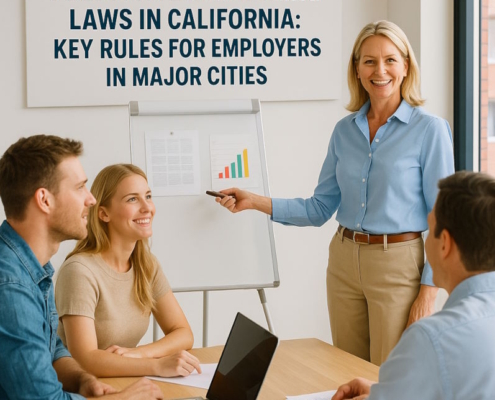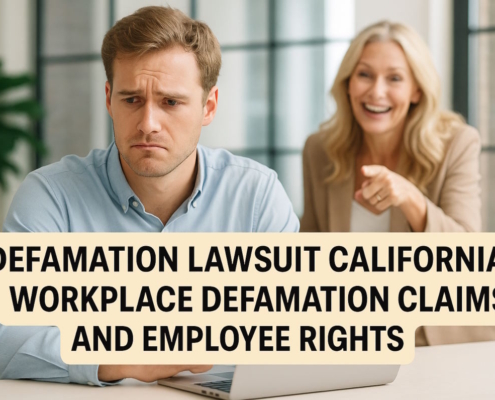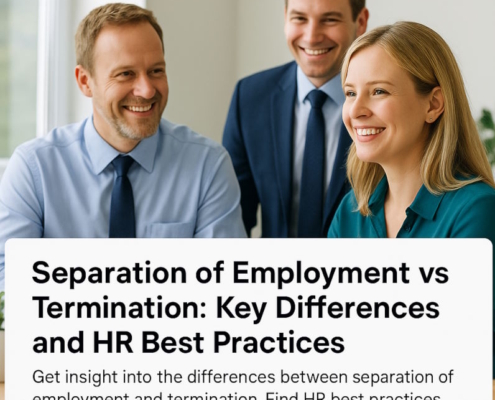Introduction
“Equal opportunity employer” is frequently found in job postings and at the very top of an organization’s website under the careers page. What does that mean, though?
Definition of an Equal Opportunity Employer
Although dictionaries vary, the following is one interpretation of the term “Equal opportunity employer” that could be derived from federal regulations:
“An employer who guarantees that they won’t treat workers unfairly on the basis of their color, race, religion, age, national origin, sex, handicap, or genetic data.”
Limitations of the Definition
Sadly, not every scenario where prejudice might or might not take place is covered by this definition. Furthermore, offering job applicants “equal chance” is often mandated by local, state, or federal anti-discrimination legislation. Thus, what use does it serve to declare your business an equal opportunity employer? What even is the origin of that phrase?
Historical Background
Since equal opportunity employment became a federal law in 1964 according to the Civil Rights Act, it has been widely used. According to the law, it is unlawful for businesses to treat current or prospective workers differently on the basis of their color, race, religion, national origin, or sex.
EEOC and Its Role
The EEOC (Equal Employment Opportunity Commission), whose primary function is to look into allegations of job discrimination, was formed by Title VII of the statute. The EEOC’s capacity to more effectively pursue anti-discrimination statutes was increased and Title VII was revised by the Equal Employment Opportunity Act of 1972.
Expansion of Protected Attributes
Since the 1964 Civil Rights Act, numerous regulations have been enacted that have additionally broadened the categories of attributes that are shielded from unfair treatment in the workplace. These categories now include, among others, color, race, sex (including sexual orientation, pregnancy, sexual orientation, and gender identity), religion, age (forty years or older), disability, genetic information, and national origin.
Exemptions to EEOC Principles
A company should automatically be an equal opportunity employer if it is against the law for it to disregard labor regulations and the anti-discrimination standards of EEOC. Why then do businesses present their organizations in this manner?
It becomes evident that certain businesses are exempt from following EEOC principles under certain specific exclusions to federal regulations. Religious entities, for instance, are exempt since it may conflict with their goal to employ members of other religions.
A more significant exemption is that, if they hire fewer people than a specific threshold, many labor unions and small enterprises are free from the EEOC’s regulations.
List of Small Businesses under EEOC Rules
The following is a list of small businesses that must abide by EEOC rules:
| Private Companies |
>Fourteen employees for a minimum of twenty calendar weeks in the present year or last year |
>Twenty employees |
Yes |
| Local and State Govt. Agencies |
>Fourteen employees for a minimum of twenty calendar weeks in the present year or last year |
Any no. of employees |
Yes |
| Federal Agencies |
Every federal agency is included. |
Every federal agency is included. |
Yes |
| Hiring/Employment Agencies |
Any no. of workers or referrals |
Any no. of workers or referrals |
Yes |
| Joint Apprenticeship Committees and Labor Unions |
>Fourteen members for a minimum of twenty calendar weeks in the present year or last year |
>Twenty-four members, or if it has a hiring hall in operation |
Yes |
Importance for Small Businesses
When small firms grow to employ over fifteen people, they might require the assistance of certified HR specialists to provide them with guidance on adhering to local and state anti-discrimination laws as well as EEOC regulations.
Usage in Job Postings and Websites
While it may be standard procedure, recruiters and human resources managers should keep in mind that federal law does not call for the term “equal opportunity employer” to be included in job postings or on the website of a business when attempting to keep the company in line with laws against discrimination. Nevertheless, using the phrase may be a useful strategy for companies to entice applicants from historically underrepresented groups to submit applications to open positions, as the EEOC previously noted.































